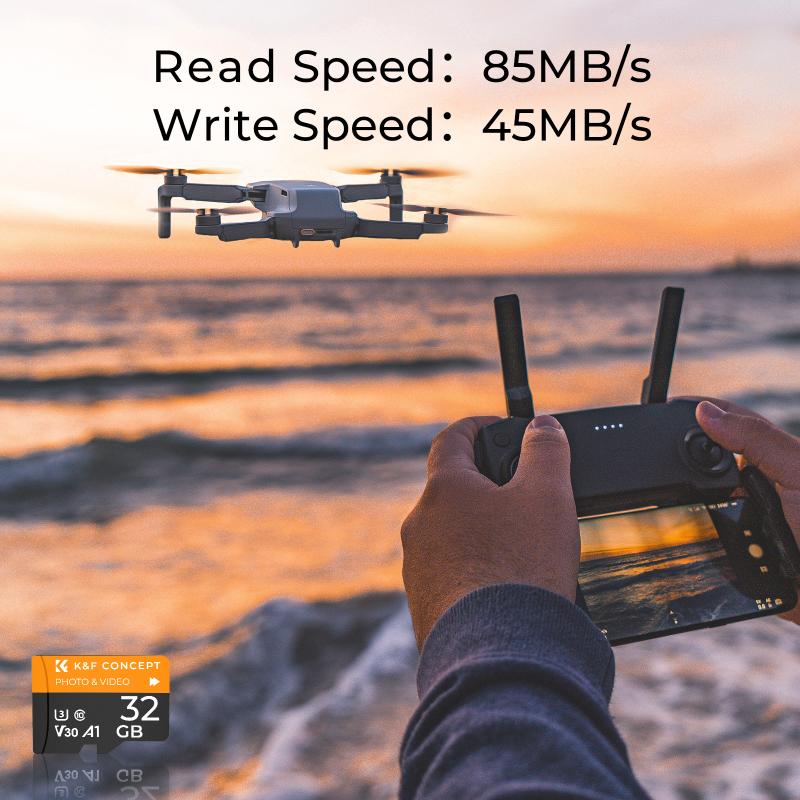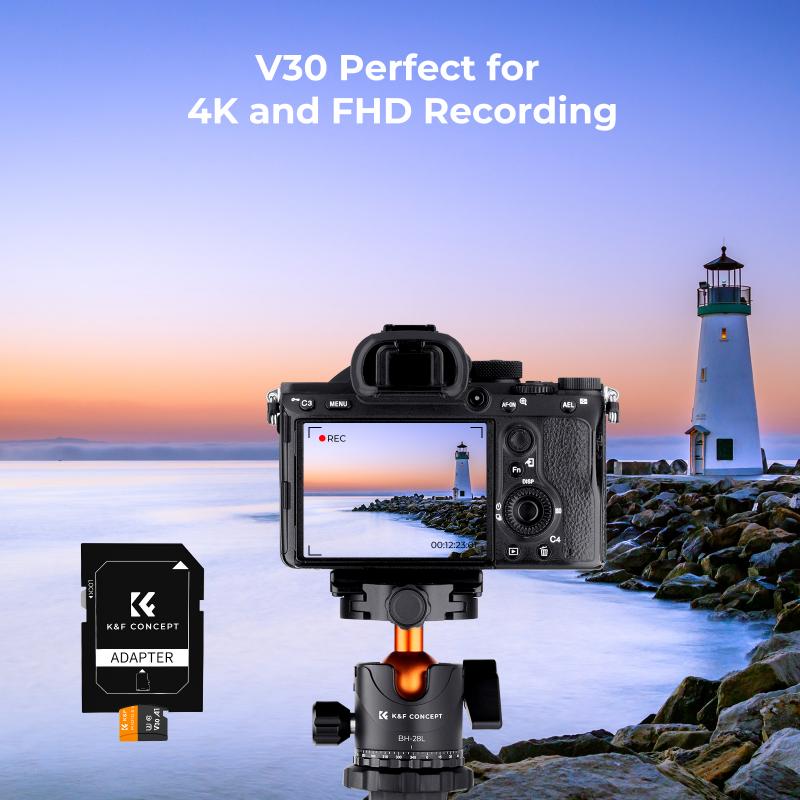How Do I Read A Micro Sd Card?
Reading a micro SD card is a common task that many people need to perform, whether for transferring files, expanding storage, or accessing data on various devices. This article will guide you through the process of reading a micro SD card, covering different methods and troubleshooting tips to ensure a smooth experience.
Understanding Micro SD Cards

Micro SD cards are small, portable storage devices used in a variety of electronic devices such as smartphones, cameras, tablets, and even some laptops. They are known for their compact size and high storage capacity, making them ideal for storing photos, videos, music, and other types of data.
Methods to Read a Micro SD Card

There are several ways to read a micro SD card, depending on the device you are using. Below are the most common methods:
1. Using a Micro SD Card Adapter

A micro SD card adapter is a small device that allows you to use your micro SD card in a standard SD card slot. Here’s how to use it:
1. Insert the Micro SD Card into the Adapter: Place the micro SD card into the adapter. Ensure it fits snugly and is properly aligned.
2. Insert the Adapter into the SD Card Slot: Insert the adapter into the SD card slot of your computer or card reader.
3. Access the Card: Once inserted, your computer should recognize the card as a removable storage device. You can access it through 'My Computer' or 'This PC' on Windows, or 'Finder' on macOS.
2. Using a USB Card Reader

A USB card reader is a device that connects to your computer via a USB port and allows you to read various types of memory cards, including micro SD cards. Here’s how to use it:
1. Insert the Micro SD Card into the Card Reader: Place the micro SD card into the appropriate slot on the card reader.
2. Connect the Card Reader to Your Computer: Plug the card reader into an available USB port on your computer.
3. Access the Card: Your computer should recognize the card reader and the micro SD card as a removable storage device. You can then access the files on the card.
3. Using a Smartphone or Tablet
Many smartphones and tablets have built-in micro SD card slots. Here’s how to read a micro SD card using these devices:
1. Insert the Micro SD Card: Locate the micro SD card slot on your device. This is usually found on the side or back of the device. Insert the card into the slot.
2. Access the Card: Once inserted, your device should recognize the card. You can access the files using the device’s file manager app.
4. Using a Built-in Card Reader on Laptops
Some laptops come with built-in card readers that support micro SD cards. Here’s how to use them:
1. Insert the Micro SD Card: Locate the card reader slot on your laptop. Insert the micro SD card directly into the slot or use an adapter if necessary.
2. Access the Card: Your laptop should recognize the card as a removable storage device. You can access it through 'My Computer' or 'This PC' on Windows, or 'Finder' on macOS.
Troubleshooting Common Issues
Sometimes, you may encounter issues when trying to read a micro SD card. Here are some common problems and their solutions:
1. Card Not Recognized
If your device does not recognize the micro SD card, try the following steps:
- Check the Connection: Ensure the card is properly inserted into the slot or adapter.
- Try a Different Device: Test the card on another device to see if the issue persists.
- Update Drivers: Ensure your computer’s drivers are up to date. You can check for updates through the device manager on Windows or the system preferences on macOS.
- Format the Card: If the card is still not recognized, you may need to format it. Be aware that formatting will erase all data on the card. You can format the card using your computer’s disk management tools.
2. Slow Transfer Speeds
If you experience slow transfer speeds, consider the following:
- Check the Card’s Speed Class: Micro SD cards come in different speed classes. Ensure you are using a card with a speed class that meets your needs.
- Use a High-Quality Card Reader: A low-quality card reader can affect transfer speeds. Invest in a reputable card reader for better performance.
- Close Unnecessary Programs: Running multiple programs can slow down your computer and affect transfer speeds. Close any unnecessary programs to free up resources.
3. Corrupted Files
If you encounter corrupted files on your micro SD card, try these steps:
- Run a Disk Check: Use your computer’s built-in disk check tools to scan and repair the card.
- Recover Data: Use data recovery software to attempt to recover corrupted files. There are many free and paid options available online.
- Format the Card: If the files are irreparably corrupted, you may need to format the card. Remember to back up any important data before formatting.
Best Practices for Using Micro SD Cards
To ensure the longevity and reliability of your micro SD card, follow these best practices:
- Handle with Care: Micro SD cards are delicate. Handle them with care to avoid physical damage.
- Avoid Frequent Formatting: Frequent formatting can reduce the lifespan of the card. Format only when necessary.
- Keep Backups: Always keep backups of important data stored on your micro SD card. This will protect you from data loss in case of card failure.
- Use Quality Cards: Invest in high-quality micro SD cards from reputable brands. They are more reliable and offer better performance.
Reading a micro SD card is a straightforward process that can be accomplished using various methods, depending on the devices and tools you have available. Whether you use an adapter, a USB card reader, a smartphone, or a built-in card reader on your laptop, the key is to ensure proper insertion and connection. By following the steps outlined in this article and adhering to best practices, you can efficiently read and manage the data on your micro SD card. If you encounter any issues, the troubleshooting tips provided should help you resolve them and get back to accessing your important files.
